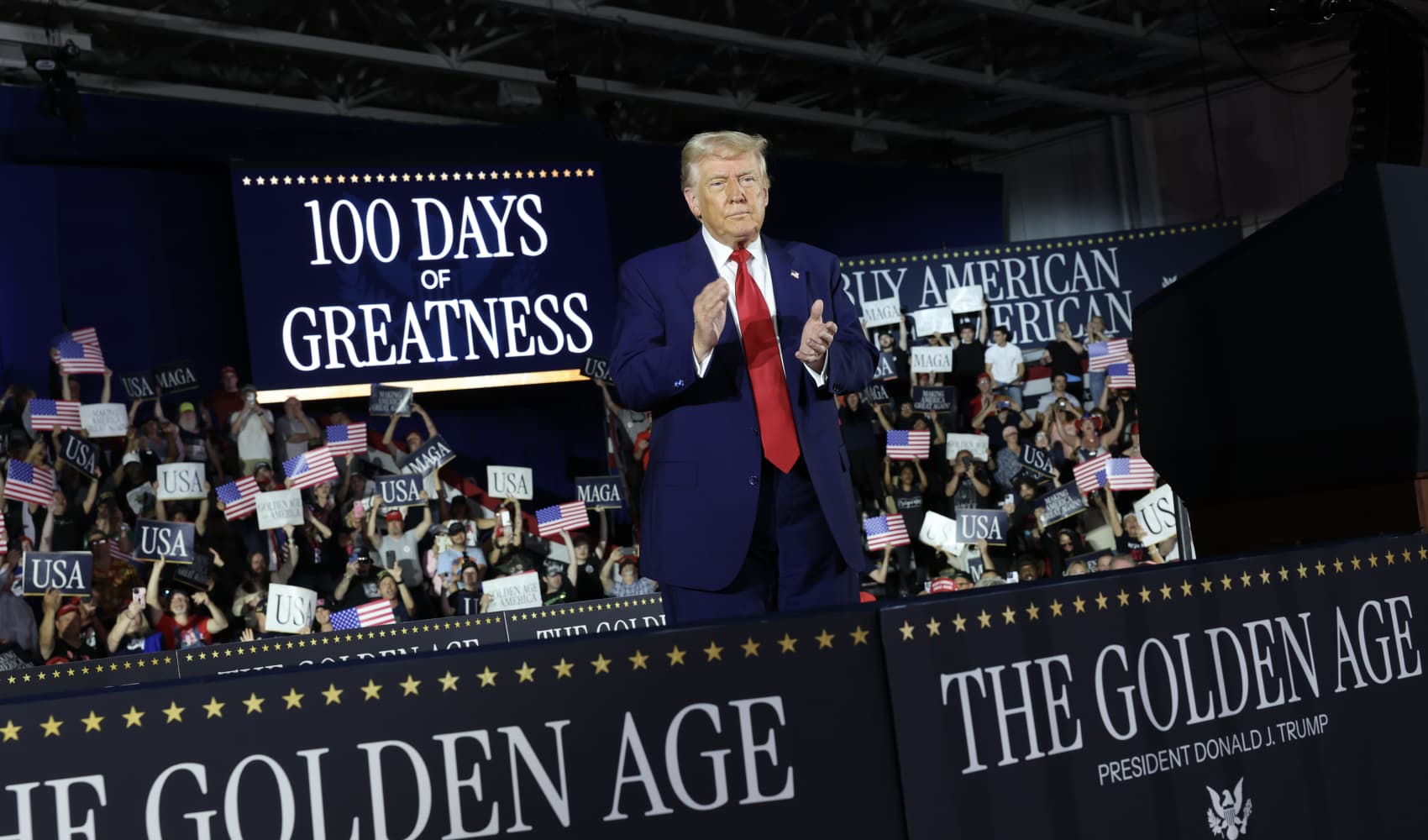
Traders work on the New York Stock Exchange (NYSE) floor on August 08, 2024 in New York City.
The 10-year U.S. Treasury yield fell slightly Wednesday as investors considered the latest inflation data and what it could mean for the economy and Federal Reserve monetary policy.
The yield on the 10-year Treasury slipped 1.7 basis points to 3.837%. The 2-year Treasury yield advanced 2 basis points to 3.962%.
Stream San Diego News for free, 24/7, wherever you are with NBC 7.
Yields and prices move inversely, and one basis point equals 1/100th of a percent (0.01%).
The moves come after the latest inflation data came in as Wall Street had expected, adding to investor confidence that the Federal Reserve has room to start cutting interest rates in September. The next central bank policy meeting wraps up Sept. 18.
Get top local San Diego stories delivered to you every morning with our News Headlines newsletter.
The July consumer price index released early Wednesday showed a 0.2% monthly rise, meeting expectations from economists polled by Dow Jones. The 12-month inflation rate of 2.9% was slightly below the anticipated 3% increase.
Core CPI, excluding volatile food and energy prices, came in at a 0.2% monthly increase and a 3.2% yearly rate, in line with expectations.
"This gives the Fed the ability to cut while making the case that a high real fed funds rate is restrictive and supportive of bringing inflation down further," wrote Bryce Doty, senior portfolio manager at Sit Investment Associates. The central bank's benchmark fed funds rate currently stands at 5.25% to 5.50%.
Money Report
"We expect this inflation data to allow the yield curve to continue to normalize as time passes," Doty added, referring to the fact that short-term yields now exceed long-term yields. "We still favor the 3- to 6-year part of the yield curve."
The latest CPI numbers came one day after producer prices — a measure of prices at the wholesale level —came in less than expected, with Treasury yields falling after the data. July PPI rose 0.1% on a monthly basis, less than the forecast rise of 0.2%.
The inflation reports are strengthening the odds of a September rate cut and helping investors to express greater concern that economic growth is slowing rather than focus on rising prices.
Markets were last pricing in a 100% certainty of a September rate cut, according to CME Group's FedWatch tool, but were split on whether the cut would be a quarter or a half of one percent.
— CNBC's Jeff Cox contributed to this report.






